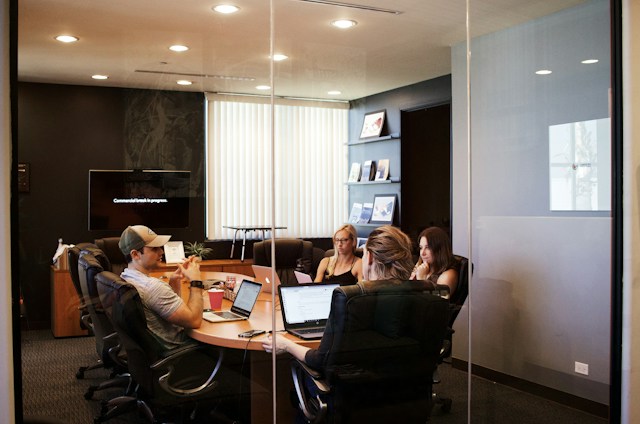Is your workplace riddled with people who enjoy a good dose of sarcasm or teasing, sometimes even at the expense of others? Do they throw in a “just kidding” to lighten the mood after delivering a particularly cutting remark? Well, you might be dealing with passive-aggressive behavior.
In this post, we’ll break down what passive aggression is and share some strategies to handle it more effectively.
Understanding Passive-Aggressive Behavior
Mayo Clinic, a medical practice and research group, defines passive-aggressive behavior as a way for individuals to express their negative feelings harmfully but indirectly. Instead of addressing issues directly, they cloak their hostility and discontent through subtle actions.
Notice the behavior of your behavior and that of your workmates. If you grew up in an environment where expressing feelings openly wasn’t encouraged, you might resort to passive-aggressive behavior as a way to avoid direct confrontation. This can manifest as sulking, emotional withdrawal, or finding indirect ways to communicate feelings.
Life coach Leah Veazey emphasizes that while passive-aggressiveness allows someone to express disagreement without being confrontational, it’s not the most effective communication technique and can be detrimental to relationships.
Strategies to Manage Passive-Aggressive Behavior
ADDRESS THE SITUATION DIRECTLY
If you notice a coworker engaging in passive-aggressive behavior, avoiding them might be your first instinct. However, addressing the issue directly is crucial.
Plan a conversation with your coworker to ensure they don’t feel targeted, and consider involving the HR department for a private, constructive meeting.
IDENTIFY THEIR REASONS
Understand that passive-aggressive behavior can stem from various reasons, including internal emotions or external factors like workplace competition.
Identifying the root cause helps in deciding the best approach. In some cases, addressing team stress openly might be necessary.
ESTABLISH A SAFE ENVIRONMENT
Make it clear that expressing concerns openly is encouraged and safe. Foster an environment where people feel comfortable discussing problems directly rather than resorting to covert methods.
Lead by example, praising and supporting those who bring issues to your attention.
USE LANGUAGE CAREFULLY
Provide accurate feedback using precise language. Instead of making general accusations, point out specific instances and give the person a chance to explain.
Avoid direct “you” statements (e.g., “you are late” or “you are incompetent”) to prevent the other person from feeling attacked and becoming defensive.
PROVIDE RIGHT TRAINING
Consider offering one-on-one coaching to help team members communicate assertively. Role-play scenarios to practice addressing issues confidently without resorting to passive-aggressive behavior. Additional communication skills training may be beneficial.
AVOID RECIPROCATING THEIR BEHAVIOR
Despite the temptation to respond in a similar passive-aggressive manner, focus on maintaining positive habits. Upholding a cooperative and positive atmosphere can influence your team positively. Resist the urge to engage in behaviors that only prolong unpleasant dynamics.

Image Credits: unsplash.com
By following these strategies, you can foster a more open and constructive work environment, reducing the impact of passive-aggressive behavior on your team.









